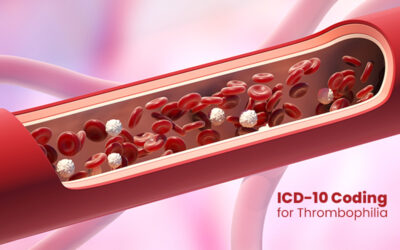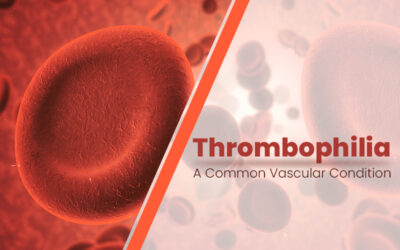Technology comes with great advantages. But health-wise, there are certain disadvantages. Text neck is one such health concern caused by over usage of smartphones, tablets, e-readers, or other handheld devices.
What Is Text Neck?
Text neck or tech neck refers to the repetitive stress on the soft tissues in the neck and spine that occurs as a result of looking down constantly at handheld or electronic devices. Unsupported neck posture for a prolonged period of time mainly causes this condition. Text neck pain affects three areas – the neck, the upper back, or shoulder.
Chiropractors help and correct misalignments of the vertebrae throughout the neck and spine. Billing with incorrect ICD-10 or CPT codes can lead to claim rejections and delays in payments. Chiropractors providing treatment for text neck symptoms can rely on professional chiropractic billing services to submit error-free claims to insurers and get reimbursed on time.
Main Symptoms of Text Neck and Associated ICD-10 Codes
Stiff neck is the main symptom of text neck, which is the soreness and difficulty in moving the neck after long usage of phone or other devices. Stiff neck is also referred to as Torticollis or wry neck, which is a disorder involving the muscles of the neck that causes the head to tilt down.
- M43.6 Torticollis
Other symptoms include neck pain and soreness, pain in the upper back and shoulder, tightness and reduced mobility in these areas, increased pain with neck flexion, muscular weakness, headache, spinal degeneration, disc compression, thoracic hyperkyphosis, and cervical radiculopathy.
- M54.2 Cervicalgia (Neck Pain)
- M25.51 Pain in shoulder
- M25.511 Pain in right shoulder
- M25.512 Pain in left shoulder
- M25.519 Pain in unspecified shoulder
- R51 Headache
- R51.0 Headache with orthostatic component, not elsewhere classified
- R51.9 Headache, unspecified
- If left untreated, text neck can be quite painful, and its symptoms will get progressively worse resulting in lifelong chronic pain. In extreme cases, the condition may lead to a herniated disc.Cervical Herniated Disc can be reported using these ICD-10 codes
- M50.2 Other cervical disc displacement
- M50.20 …… unspecified cervical region
- M50.21 …… high cervical region
- M50.22 Other cervical disc displacement, mid-cervical region
- M50.220 …… unspecified level
- M50.221 Other cervical disc displacement at C4-C5 level
- M50.222 Other cervical disc displacement at C5-C6 level
- M50.223 Other cervical disc displacement at C6-C7 level
Looking down at your cell phone for a long time can also lead to inflammation of a nerve root in the cervical spine (neck), which is referred to as cervical radiculopathy. This is one of the bigger risks of tech neck, and the nerve irritation can cause pain in the arms.
- M54.12 Radiculopathy, cervical region
- M50.1 Cervical disc disorder with radiculopathy
- M50.10 …… unspecified cervical region
- M50.11 …… high cervical region
- M50.12 Cervical disc disorder with radiculopathy, mid-cervical region
- M50.120 Mid-cervical disc disorder, unspecified level
- M50.121 Cervical disc disorder at C4-C5 level with radiculopathy
- M50.122 Cervical disc disorder at C5-C6 level with radiculopathy
- M50.123 Cervical disc disorder at C6-C7 level with radiculopathy
Physical examinations and imaging tests like X-Rays will be performed to evaluate the condition. Text neck pain and other symptoms are treated using chiropractic care, exercises and stretches, physical therapy, spinal manipulation, TENS unit therapy (transcutaneous electrical nerve stimulation) or trigger point injections.
Medical billing outsourcing companies implement best billing practices so that providers can maintain a healthy revenue stream.
- M50.2 Other cervical disc displacement




